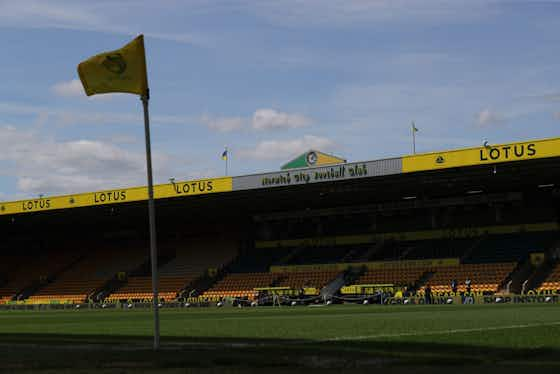Football League World
·2. Februar 2023
How does Ipswich Town’s average attendance this season compare to Norwich City?

In partnership with
Yahoo sportsFootball League World
·2. Februar 2023

The East Anglian derby is one of the most hotly contested in English football.
While both clubs haven’t shared the same division since the 2018-19 season, both clubs’ set of supporters will be keeping a close eye on their respective results.
The two could yet finally meet again next year if Ipswich Town gain promotion to the Championship while David Wagner’s side settle in the second tier.
Norwich City have had the better of the rivalry in recent history, spending more time in the Premier League and earning the better results between the two.
Ipswich last beat the Canaries in 2009, going on a 12 game winless run against their biggest rivals since then.
Here we compare the attendance of the two teams this season…
Norwich City
Carrow Road has a capacity of 27,000, which has almost been reached on a number of occasions this season.
From their first 14 home games in the league season, Norwich have averaged an impressive attendance of 26,009, which is one of the highest proportions in the division.
Norwich supporters have kept a high figure despite suffering relegation last season, and voiced their concerns during match days when Dean Smith’s side were failing to perform.
Attendance figures did take a slight dip in the days before Smith’s reign ended, but have picked back up since Wagner’s arrival.
It was the final home game before the World Cup that earned the highest attendance figure, with 26,673 people turning up to see a 2-1 loss to Middlesbrough.
1 of 20

Real Fake
Ipswich Town
Portman Road’s capacity is slightly higher at roughly 29,600.
But with the team battling in the third tier, the attendance has been lower than that of Norwich.
On average, 25,710 Town supporters have made the trip to cheer on their side.
The figure has a much broader range than in Norwich, where the figure is roughly equal regardless of opponent.
But with the Tractor Boys, the highest attendances came in big top of the table clashes against Portsmouth, Derby County and Plymouth Argyle, reaching a peak of 29,069 against Steve Schumacher’s side.
However, only 21,948 supported the team against Morecambe just a week later.
If the two teams are to potentially compete in the same division again next season, it will be a more even contest in the battle for the bigger attendance in the region.






























































